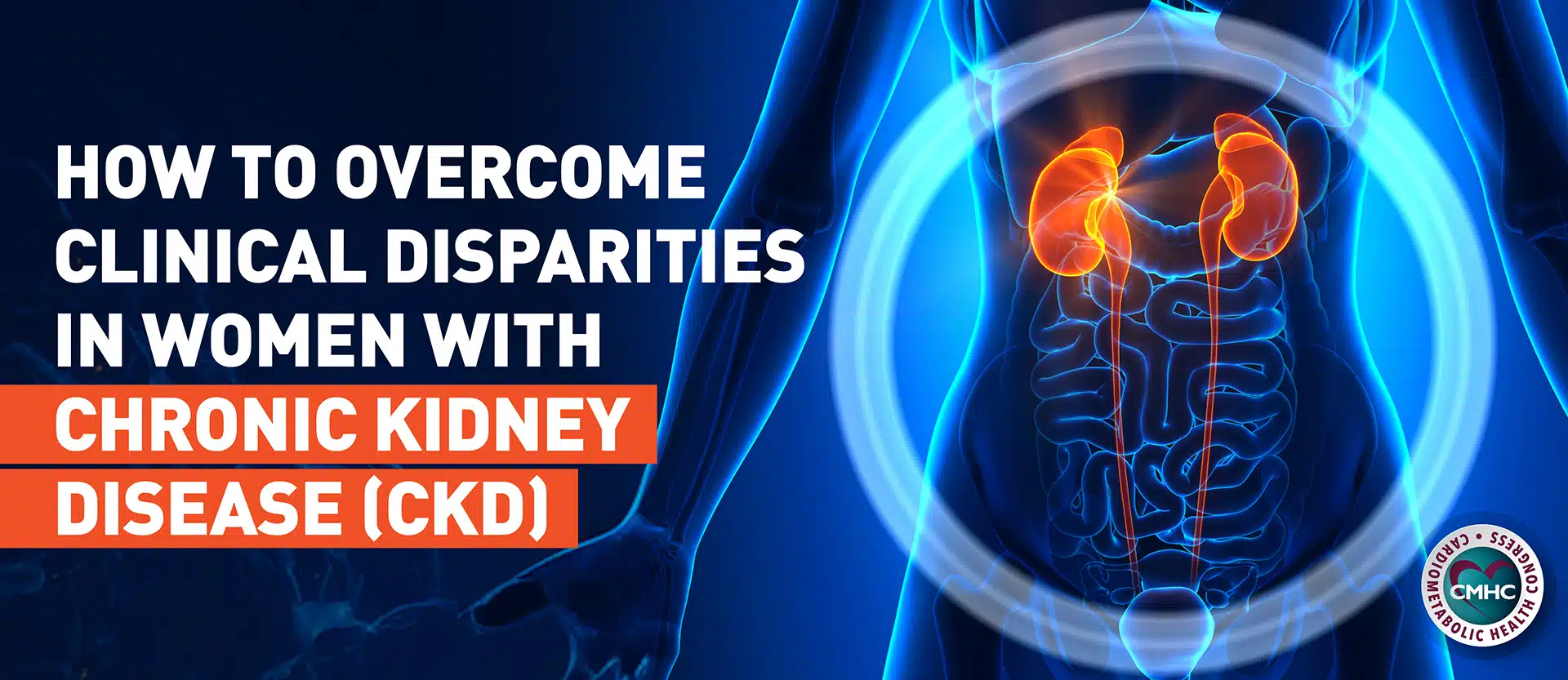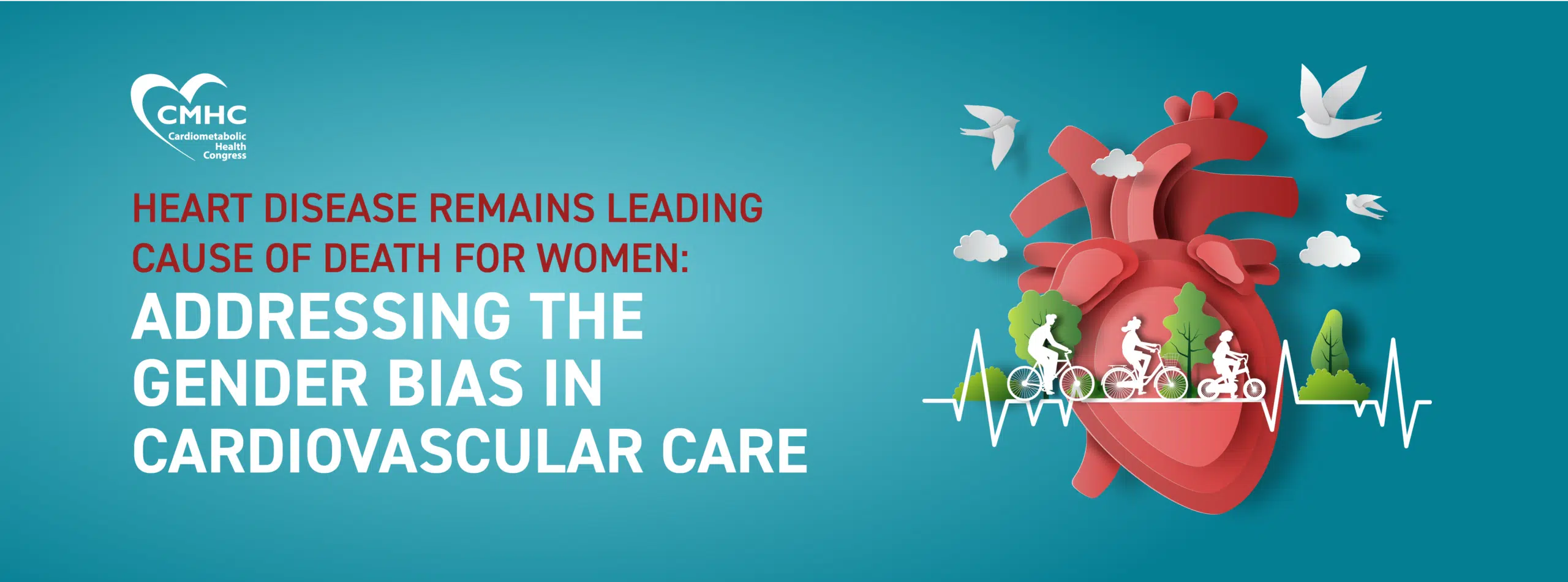As a very common disorder, nonalcoholic fatty liver disease (NAFLD) is considered a significant risk factor for cardiovascular disease and a threat to cardiometabolic health. A series of ideal cardiovascular behaviors can be implemented as a prevention strategy to mitigate potential disease development. According to Ebenezer Oni, MD, MPH, cardiologist of the division of cardiology at the Heart and Vascular Institute at Albert Einstein Medical Center, Philadelphia, and his colleagues, “NAFLD is strongly linked to insulin resistance, obesity and metabolic syndrome; all of which are associated with cardiovascular disease.”
A recent study published in late 2020 in The American Journal of Medicine evaluated the prevalence of NAFLD in participants who were assessed using the American Heart Association’s Life’s Simple 7 cardiovascular behavior recommendations.
Life’s Simple 7
The American Heart Association’s Life’s Simple 7 defines the 7 risk factors that can be improved through lifestyle changes to help achieve ideal cardiovascular health. These include managing blood pressure, controlling cholesterol, reducing blood glucose, being physically active, improving dietary habits, losing excess weight, and quitting smoking. All of these behaviors are not expensive to implement or difficult to undertake and can have significant positive implications on patient cardiometabolic health.
Evaluating NAFLD Prevalence
As part of their investigation, the team of researchers evaluated data from 3,901 participants of the Multi-Ethnic Study of Atherosclerosis (MESA) cohort which had a mean age of 63 years. Each participants’ CV health scores were calculated according to the American Heart Association’s Life’s Simple 7 metrics and rated as inadequate, average, or optimal. The presence of nonalcoholic fatty liver disease was determined using non-contrast cardiac computerized tomography (CT) and liver/spleen attenuation ratio.
CV Health Scores and NAFLD
Out of the nearly 4,000 subjects, 19% obtained optimal CV health scores, while 33% were defined as average and 48% were inadequate. The overall prevalence of nonalcoholic fatty liver disease among the MESA group was 18%. The authors then adjusted for risk factors and observed that participants with optimal and average CV health scores had lower risks of NAFLD than those with inadequate scores. Among participants with optimal CV health scores, the prevalence of NAFLD was 7%; in those with average scores it was 14% and in those with inadequate scores prevalence of NAFLD was 25%.
Researchers noted there was a higher likelihood of having an optimal score among White participants (51%) compared with Black participants (16%). Overall, the study’s results were similar across sex, race, and age groups in the cohort.
Researchers highlight that focusing on the AHA’s Life’s Simple 7 targets can be an effective strategy for promoting hepatic health. “Our study shows that cardiovascular health is related to other outcomes and not just cardiovascular disease outcomes and that [Life’s Simple 7] could be a target for prevention of liver disease across ethnic populations,” the study’s authors concluded.
According to the researchers, the latest findings reaffirm the relevance of the AHA’s 2020 strategic impact goals for promoting optimal cardiometabolic health overall well-being. Although further research on these lifestyle behaviors and NAFLD risk is necessary, including in multi-ethnic populations, improved outcomes in participants with higher CV scores indicate the probable benefit of simple yet effective behavioral interventions.


















